Ingested bones that become lodged in the throat or gastrointestinal tract are a common presentation to the emergency department. Recognition is important because these cases can be potentially fatal.
On this page:
Clinical presentation
Fish bones are more commonly ingested than chicken or pork bones. Patients may present with a 'foreign body' feeling in the throat after eating fish but the rate of actual fish bone presence is ~20%.
Pathology
Location
The bones are most commonly lodged in the oropharynx 1, mostly at the level of the tonsils followed by in the vallecula, at the tongue base or in the pyriform fossa 8.
Interestingly, dentures are the most important risk factor for ingestion of foreign bodies, due to the impairment of palatal sensory feedback during swallowing, other risk factors include 8:
rapid eating
elderly
young age
alcohol use
mental impairment
Radiographic features
Plain radiograph
-
lateral neck radiograph
-
sensitivity of direct visualization of fish bones is low at ~35% (range 25-39%) 1-3
fish bones have variable opacity, depending on the species of fish 2
can be obscured by soft tissue swelling or fluid 2
-
indirect signs 1
prevertebral soft tissue swelling (develops 3-12 hours after ingestion)
soft tissue or esophageal gas
-
-
abdominal radiograph
sharp opacity combined with pneumoperitoneum and/or small bowel obstruction 7
CT
more sensitive (~95%) than plain films in detection of ingested fish bones 2,3
can be mistaken for normal structures or obscured by oral contrast 2
Treatment and prognosis
Most ingested foreign bodies usually pass without complications within a week of ingestion with perforations being rare, occurring in <1% of patients. The most common site of perforation is the terminal ileum followed by the duodenum and rectosigmoid colon 6,7.


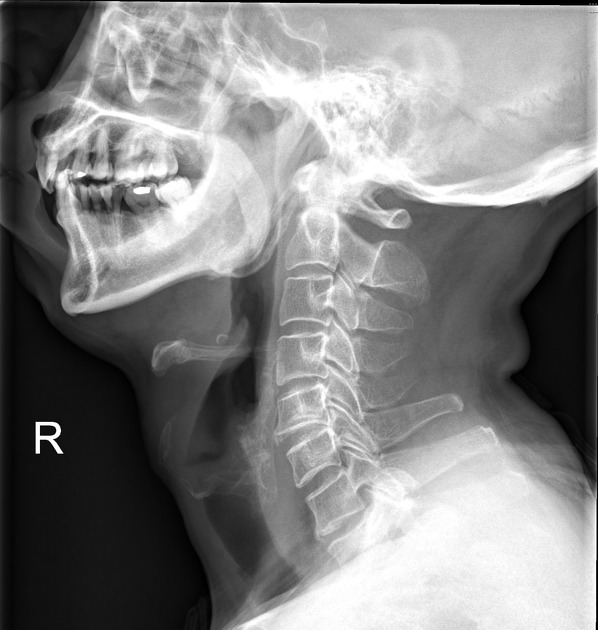
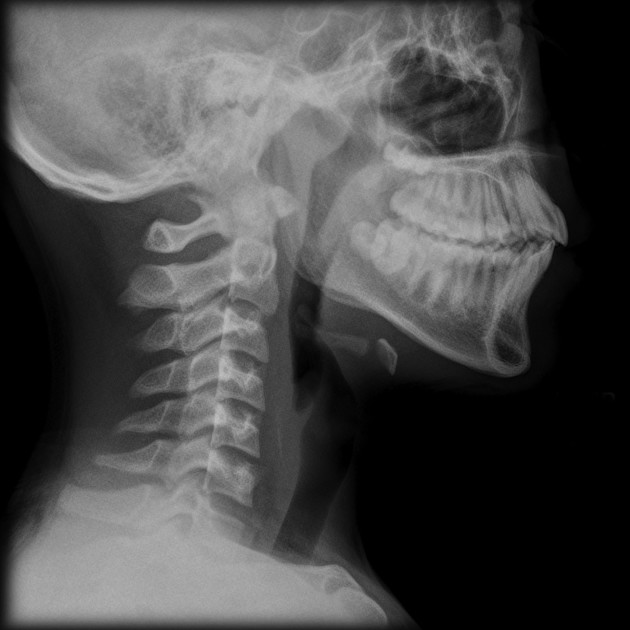
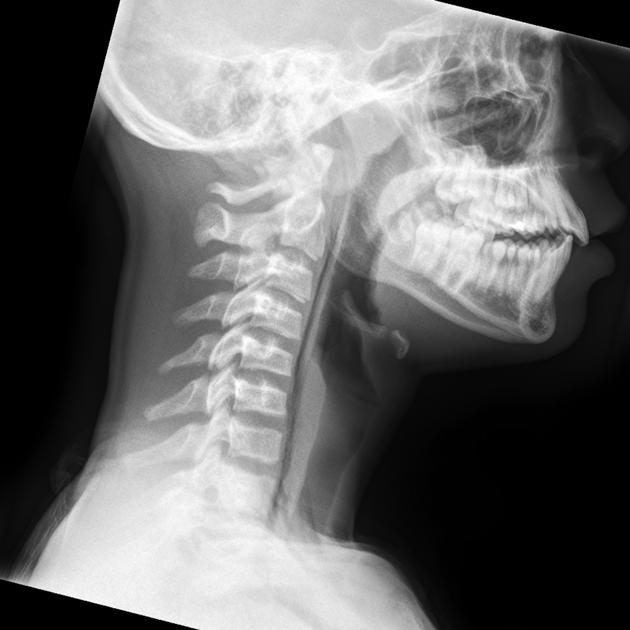
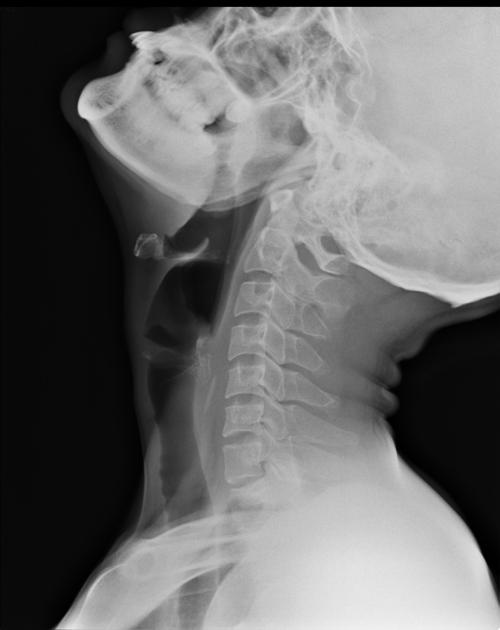
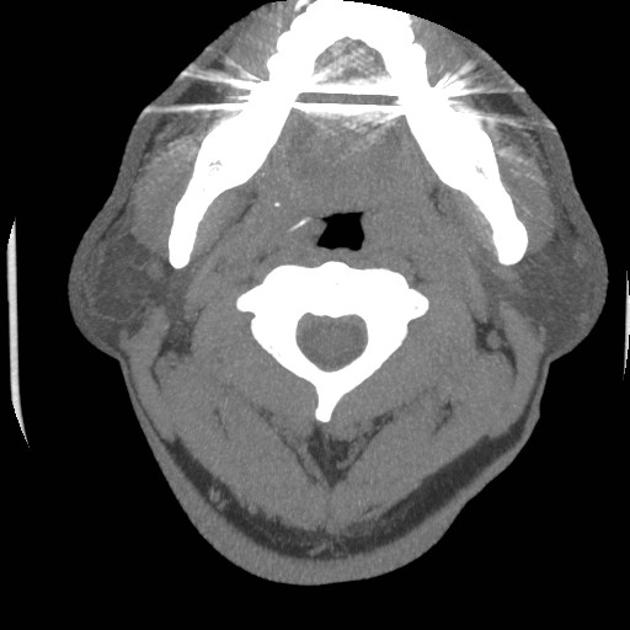
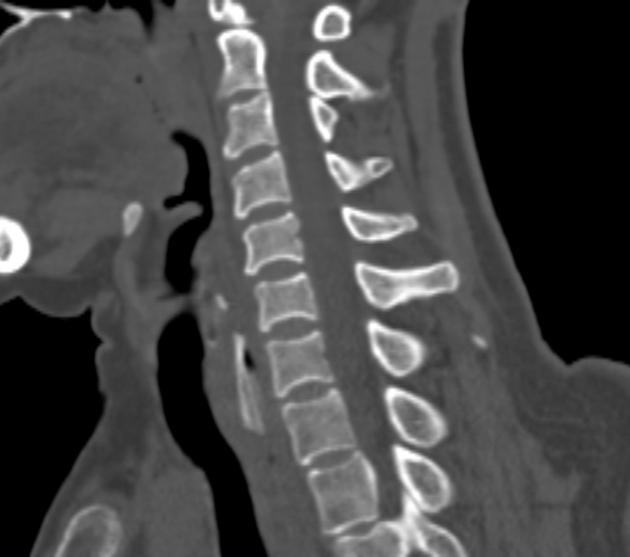
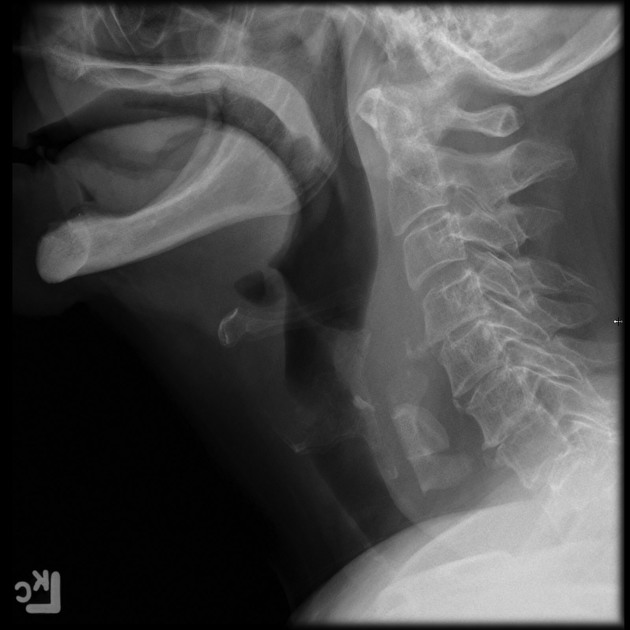
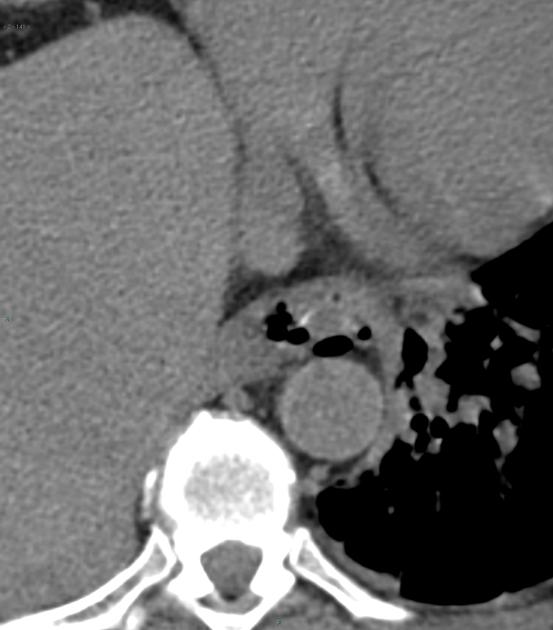
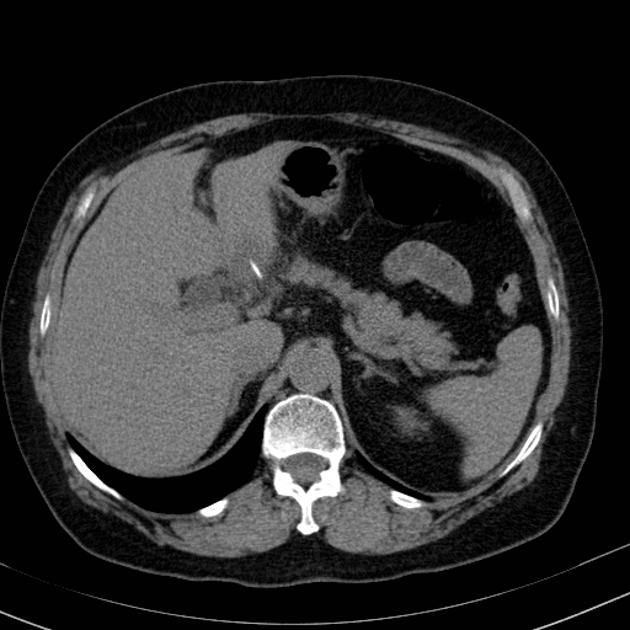
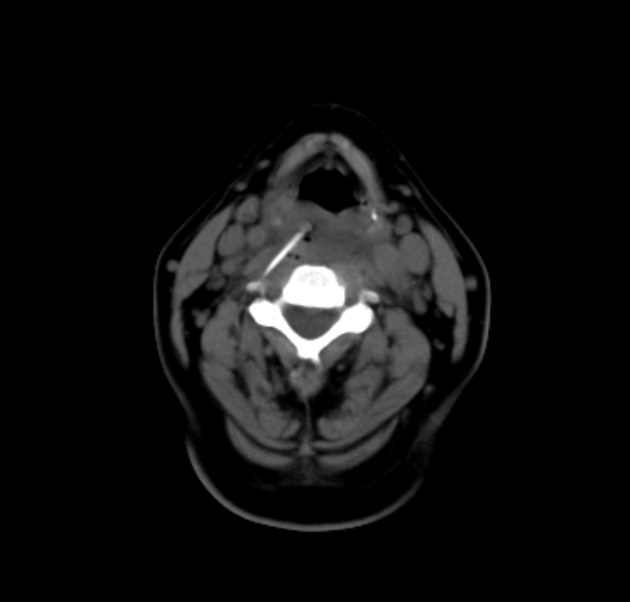
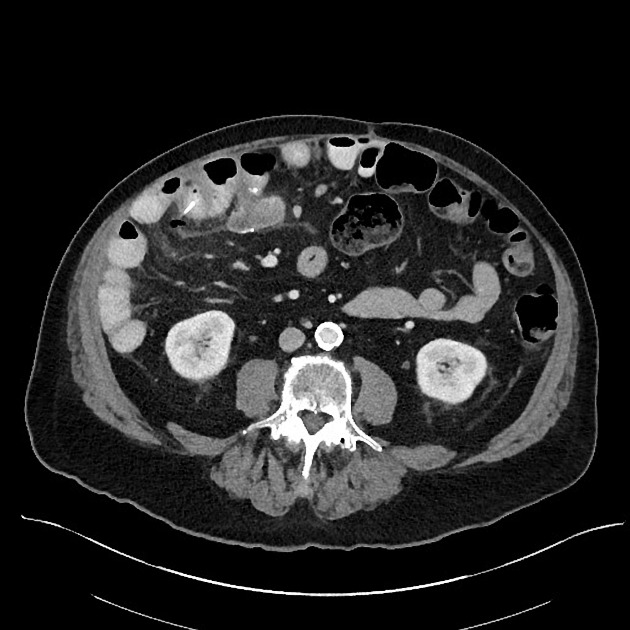
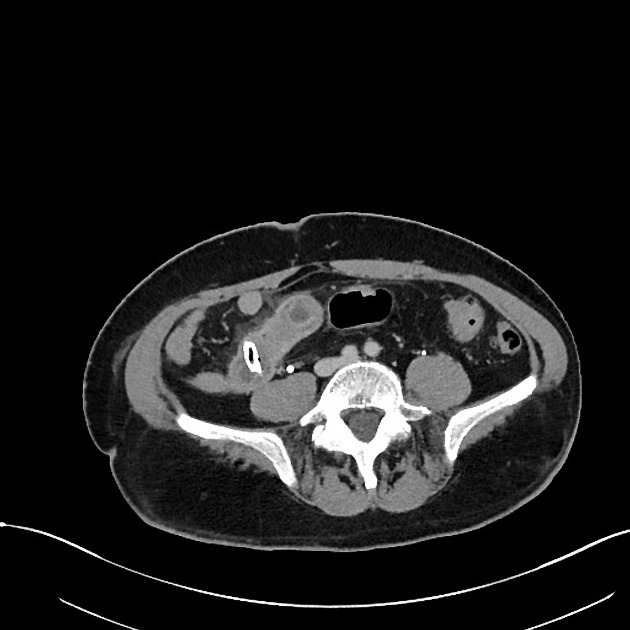
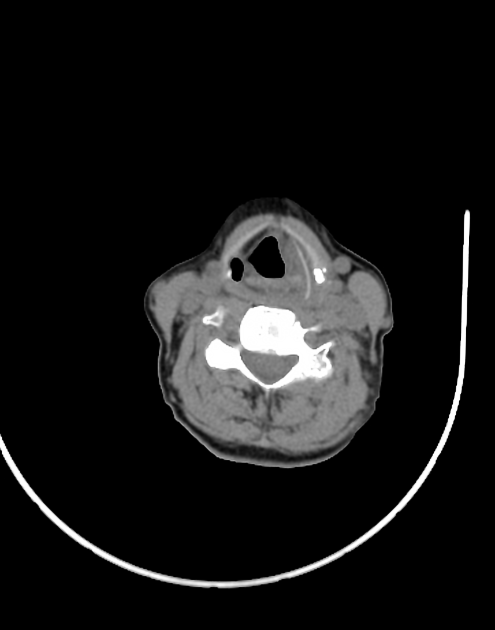
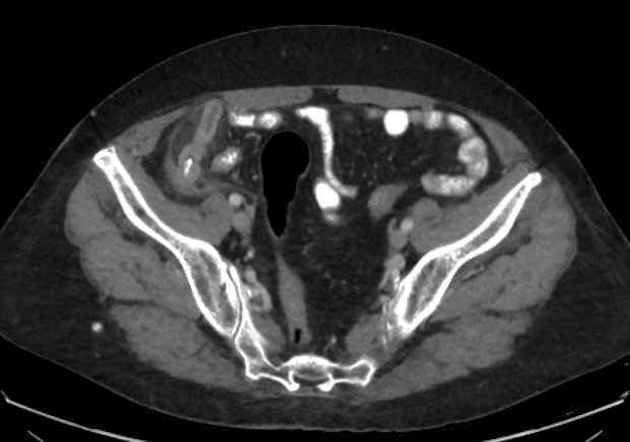

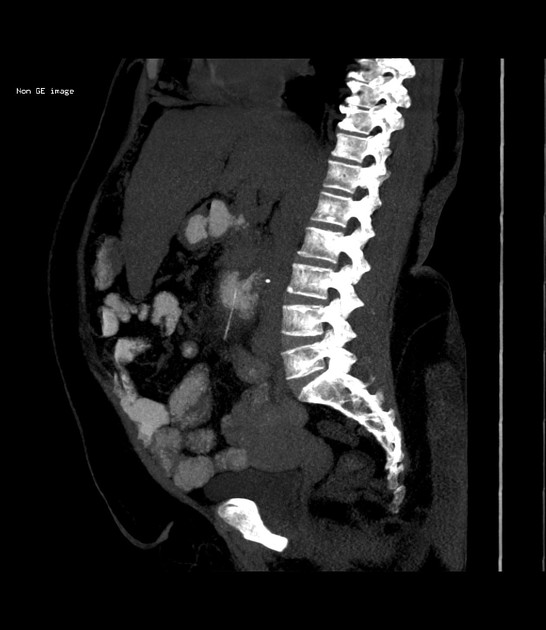
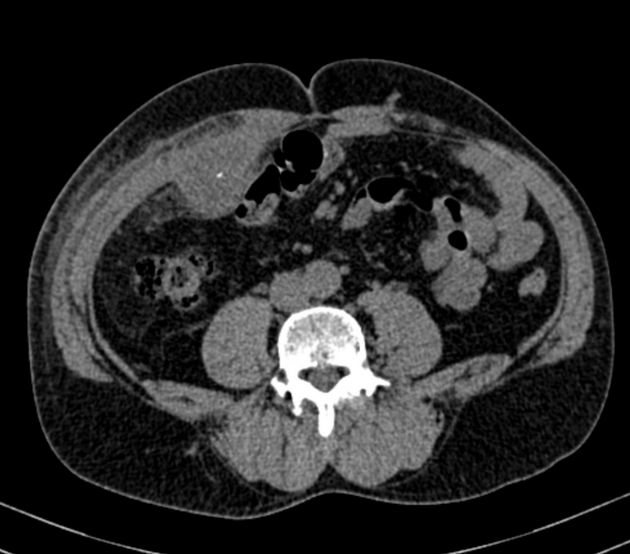
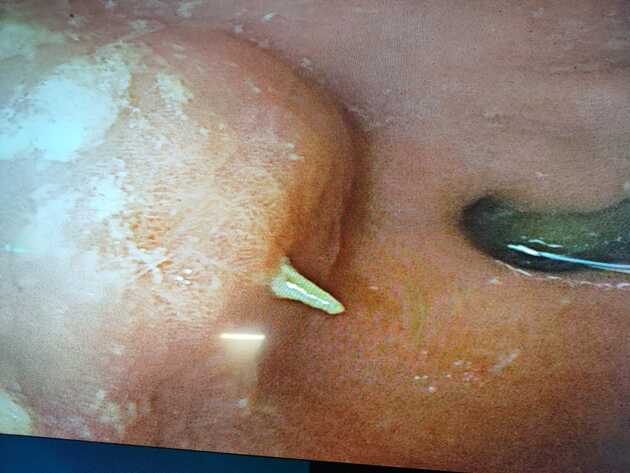
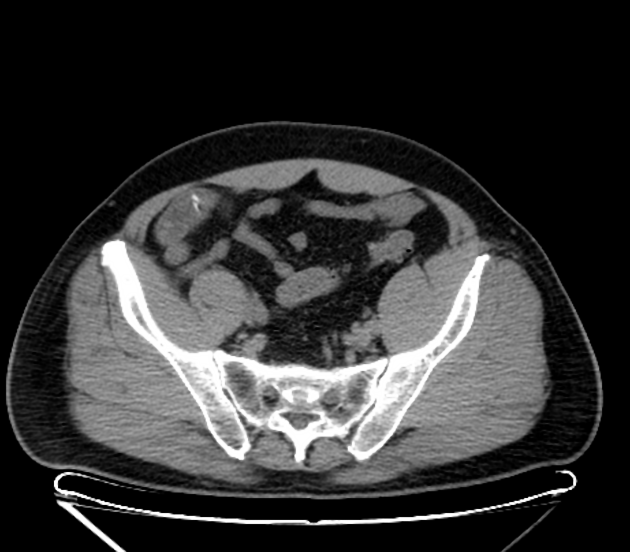


 Unable to process the form. Check for errors and try again.
Unable to process the form. Check for errors and try again.